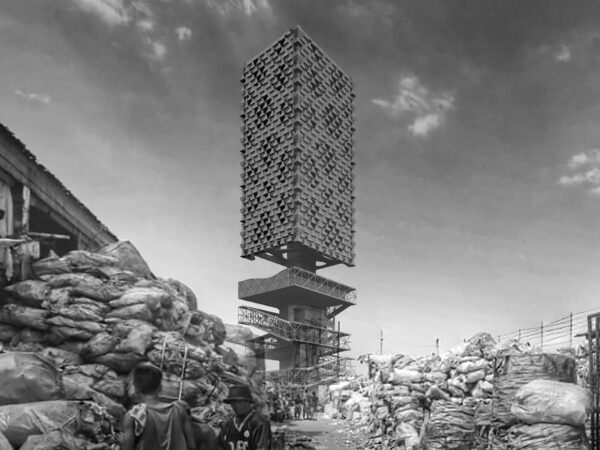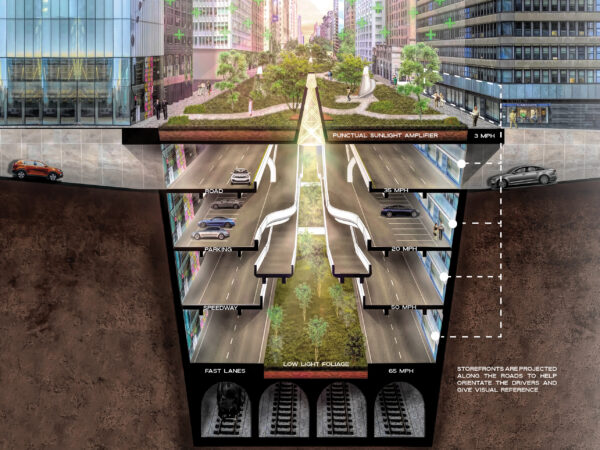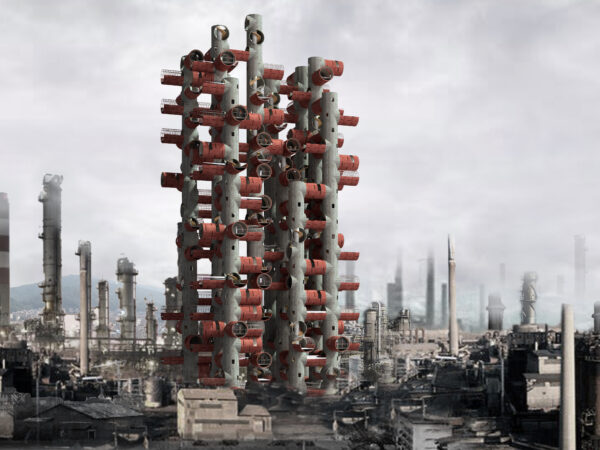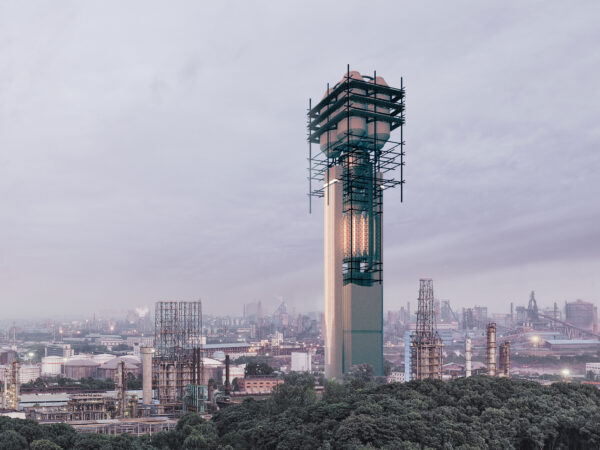2021 Skyscraper Competition
Editors’ Choice
Lee Geon Yong, Lee Ji Won Yong, Moon Sang Woo
South Korea
A vicious cycle of poverty and environmental destruction In the year 72, Gandhi, the Prime Minister of India, said, “Poverty is the most serious source of pollution among all the sources of pollution.”
Poverty exacerbates the environment and environmental pollution exacerbates poverty. Nature is the only resource that poor people can have: trees provide nesting and firewood, and lakes and rivers provide food and drinking water.
However, the resources continue to deplete and get destroyed as their activities for survival continue. The environment continues to get destroyed due to logging and high concentrations of coal combustion, but they have no choice. For them, nature is just a refuge for survival, not a subject of protection.
Tondo, Philippines, is one of the world’s three major slums. In 1954, the government of Manila announced this place as a garbage collection site. The poor who came to Manila to make money sold garbage in Tondo and continued their livelihoods, forming villages in the vicinity. All kinds of garbage piled up, making them vulnerable to odors as well as viruses. In addition, the pollution flowed into the river, which created a barren environment. Residents who cannot afford their need for living, use water from polluted rivers while living in a densely populated place with poverty at the statistics of about 65,000/km2 (1.2-2m2 per resident). Read the rest of this entry »

















